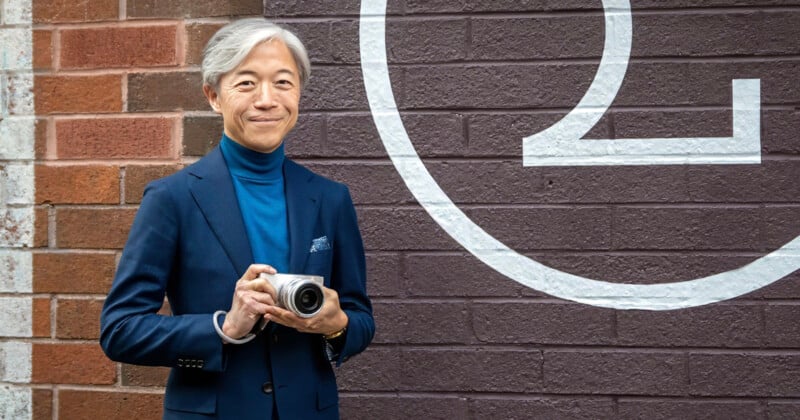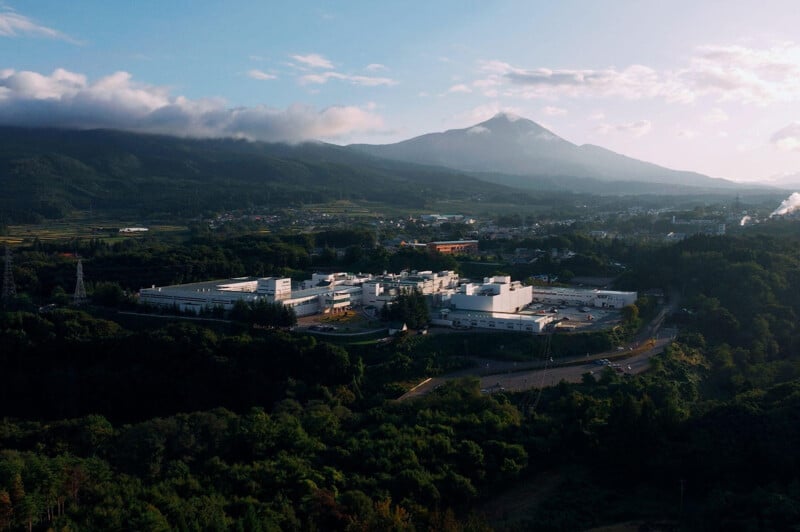Why Other Camera Companies Can’t Follow Sigma’s Approach to Pricing
![]()
This week, Sigma announced that it would be absorbing the additional 5% cost of the newest US tariff on Japanese goods. When bigger, far more established companies like Canon have already said they plan to increase prices and cut costs in response, it’s important to understand why Sigma was able to take the action it did while its contemporaries likely cannot.
There are three main reasons why Sigma is able to make the pricing decisions it does, and while some of these factors are shared with other camera and lens makers, Sigma is unique in that it is the only brand that holds all three.
A Business Culture Designed Around Accessibility
For starters, Sigma’s business culture is based on accessibility. Sigma’s core belief is that photography is supposed to be fun.
“My father was a really poor photographer, but he loved photography. And he always told me to take over the business because photography is a wonderful business, because people take photos when they are happy. So, the photo business is about happy business. So, he always asked me to take over the business — it’s really nice business — and I’ve tried to take over his philosophy,” Sigma CEO Kazuto Yamaki has told PetaPixel.

Sigma balances high-quality photography products with approachable pricing because it doesn’t want its cameras and lenses to feel exclusive. It wants everyone to feel like they can go to photography to find joy. This philosophy bleeds over into product development, where the Sigma BF camera is meant to just be a fun, enjoyable photography tool.
“With the new BF camera we have gotten such a positive response, excitement, it’s a camera for everyone, with its intentionally sleek, simple design, to just pick up and create,” Yamaki said.
Vertically Integrated Factory in Japan
Sigma makes all of its products in a single factory in Aizu, Japan. Located north of Tokyo in the Fukushima prefecture, Sigma has invested heavily in itself since it built the facility in the 1960s.
“From the moment we first established a factory in Aizu, our focus has been on growing and developing as a member of the local community. As a company, we believe we have an economic, cultural, and ethical responsibility to the local community. While the global market may be our primary business focus, our responsibility always begins at home,” Sigma says.

That is why the company does as much as possible in-house and is vertically integrated — that means that it owns or controls most (if not all) stages of a product’s creation. Sigma creates its own ground glass, metals, and plastics and assembles all of those in one facility. Because it controls its supply chain and its manufacturing, Sigma has historically been able to keep costs or production extremely low compared to peers.
“Having one facility and making all the lens parts in one location makes it easy to make consistent, quality products. If we buy cheaper parts from everywhere in the world, it should be very, very difficult. Honestly, I don’t know how we could do it. But, we polish every glass at our factory, we machine all parts at our factory, so we can make very consistent, high-quality camera lenses,” Yamaki has said to PetaPixel.

Sigma is the only leading lens manufacturer that does all of its manufacturing in Japan. While contemporaries may have facilities in Japan, all of them have outsourced some level of production to other nations. While this can have the benefit of reducing costs in the long-run, it only does so if economic factors don’t change. When the US government added hefty tariffs to multiple countries — all of the ones Japanese camera brands outsourced production to — many of the benefits of that outsourcing dried up.
Sigma Doesn’t Have Public Shareholders
Sigma is not a publicly traded company. While it is a corporation and Yamaki is the CEO, it is still run like a family business. Yamaki literally arranges his business so that everyone is always working together. He doesn’t have an office, but instead works with his engineers on the same floor.
“Our cameras and lenses are used to take photos or images or footage. So our industry is basically supported by the imaging culture. So without the knowledge about photo culture or imaging culture or film culture or without the respect to that culture, I don’t think we can do an excellent job. So even engineers, they need to know the photo culture for imaging culture and have some kind of respect to the culture. And I think this leads to the respect to the artists like photographers or cinematographers who are dedicated to creating such content,” Yamaki explained to PetaPixel earlier this year.
“I’m very committed to the future, new ideas, and I listen to the needs of photographers, and filmmakers.”
Because Sigma doesn’t have shareholders who pressure the company toward ever-increasing profits, Yamaki has the freedom to focus on his commitment to his customers first. While being publicly traded does tend to increase the wealth of those who operate businesses, it is not always a move that is in the best interest of customers.
Sigma Is Unique
The point here isn’t to heap praise on Sigma, although that certainly is a side-effect, but rather to explain why it isn’t rational to expect other camera brands to do what Sigma has done. When other manufacturers inevitably reveal higher pricing, it’s going to be easy to point to Sigma and ask, “Why can they do it, but you can’t?”
Even if those companies don’t want to increase pricing due to tariffs, they likely have no choice. It is Sigma’s unique makeup as a company — from philosophy to how its manufacturing is set up — that allows it to make the decision it did. It is very likely that Sigma has chosen to take a reduced profit margin in North America, and that is a choice other companies simply can’t make for a variety of reasons.
Image credits: Header photo via Sigma